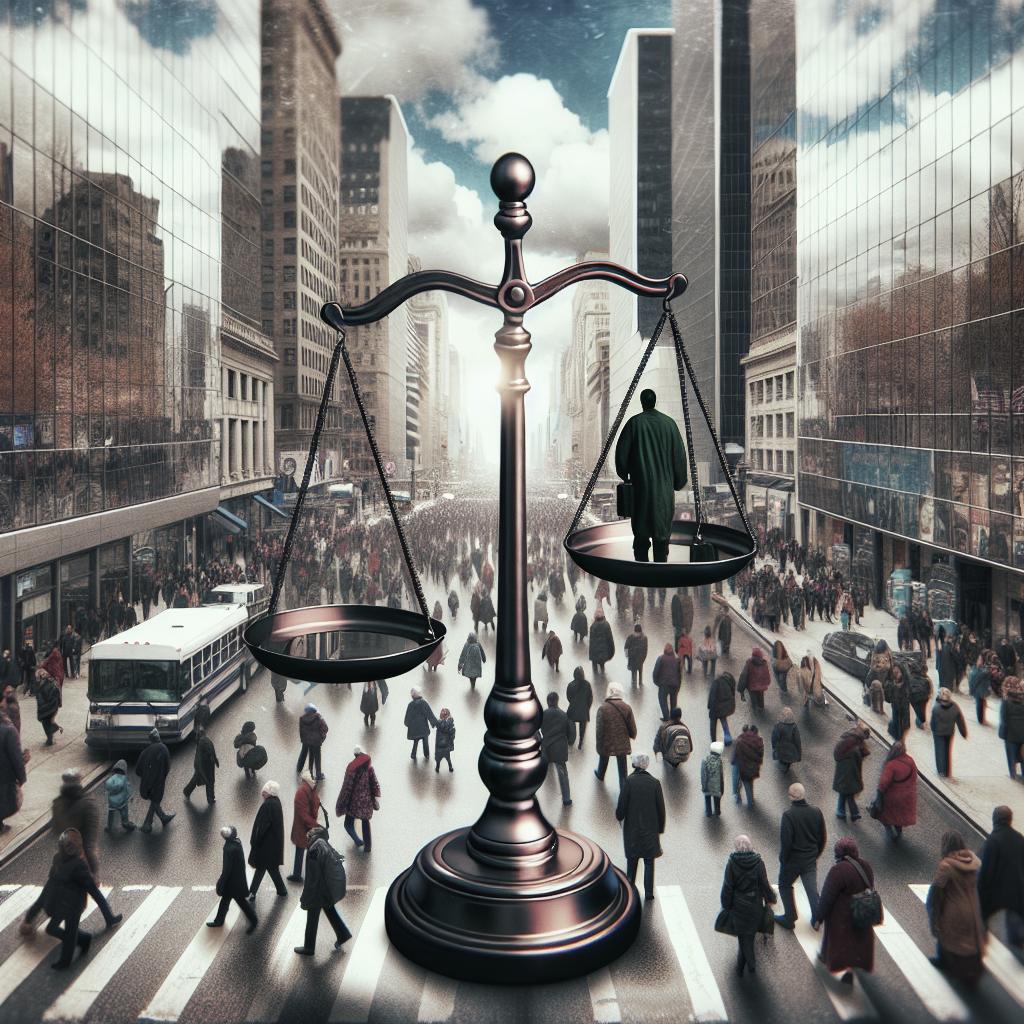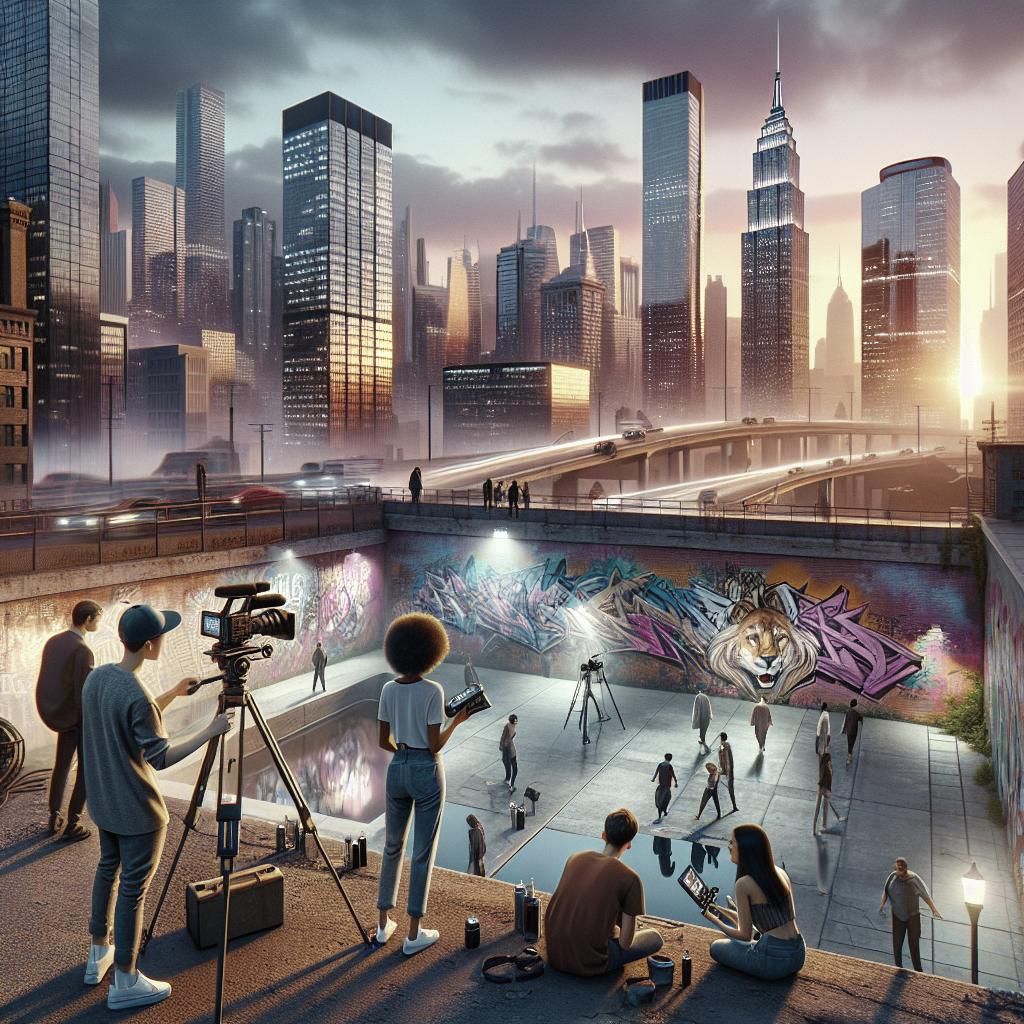<>
Street photography is a compelling form of visual storytelling, capturing candid moments in public places that reveal the beauty and complexity of everyday life. However, this art form comes with its own set of ethical concerns. This article delves into the emotional experiences of subjects, the debate over consent, the reasons photographers are drawn to street photography, and how to authentically represent humanity in images. It also provides practical advice for photographers to feel more comfortable and ethical while practicing their craft.
What does it feel like on the other side?
Street photography often provokes a range of feelings in its subjects, from joy to discomfort. When a person’s image is captured without their knowledge, they may feel intruded upon or objectified. This poses an ethical dilemma for street photographers who aim to document reality while maintaining respect for their subjects’ privacy and dignity. There is also the issue of the subject’s representation. Someone unaware of being photographed might be captured in a moment they would not want publicized. The photographer must weigh the artistic value of the shot against the potential harm or embarrassment it could cause the individual.
Have you ever had a street photograph taken of you?
Think back to a time when you may have unknowingly been the subject of a street photograph. How did you feel when you found out? Did the photo capture your essence, or did it portray a side of you that was unfamiliar or unflattering? These reflections can offer valuable insights into the ethical concerns tied to street photography. Even if you have never been photographed in such a manner, consider the feelings of vulnerability and exposure that could arise. Empathizing with subjects helps photographers approach their work with greater care and respect.
But isn’t street photography only supposed to be shot without permission?
Many purists believe that seeking permission alters the essence of street photography, stripping away its spontaneity and authenticity. The argument is that once a subject is aware of the camera, they might change their behavior, thereby disrupting the candid nature of the photograph. However, this perspective overlooks the importance of consent and ethical considerations. While some moments might lose their raw quality when permission is sought, there’s a balance to be struck between capturing authentic moments and respecting individuals’ privacy.
Why this bias against asking for permission?
The reluctance to ask for permission often stems from a fear of rejection or ruining a genuine moment. Photographers worry that the presence of a camera can create an artificial environment, making the subjects self-conscious and altering their natural behavior. Additionally, there’s an adrenaline rush that comes from capturing a fleeting moment. This rush can cloud judgment, making it easier to justify not seeking consent in the name of art. The challenge is to incorporate ethical practices without compromising the spontaneity that defines street photography.
Why are you shooting street photography?
Understanding your motivations can guide your ethical practices. Are you documenting social conditions, telling human stories, or simply exploring urban landscapes? Your purpose will influence how you interact with your subjects and the type of images you aim to create. Street photography can be a powerful tool for social commentary. If your goal is to highlight societal issues, consider the potential impact of your images on the individuals and communities you photograph. This awareness can lead to more responsible and impactful storytelling.
Show the textures of humanity
One of the most compelling aspects of street photography is its ability to showcase the diverse textures of humanity. From the joy of a child’s laughter to the weariness of old age, these moments offer a rich tapestry of the human experience. However, capturing these textures involves a delicate balance. Strive to portray your subjects with dignity and empathy, avoiding exploitative or sensationalized representations. Remember, your photographs have the power to shape perceptions and spark conversations, so use that influence responsibly.
Stay true to who you are
Your unique perspective and style are what set you apart as a photographer. Stay true to your ethical compass and artistic vision. Authenticity resonates with viewers and builds trust in your work. While it’s important to push boundaries and experiment, ensure that your endeavors align with your values. Ethical street photography isn’t about adhering to rigid rules but about maintaining a balance between artistic expression and respect for your subjects.
Assignments to feel more comfortable shooting street photography
Start with assignments that ease you into the practice of street photography. Begin by photographing busy public places where people expect to be seen, like markets or festivals. This can help you become more comfortable with capturing candid moments. Gradually push your boundaries by focusing on specific themes or storytelling elements. For example, try documenting a day in the life of a street vendor or capturing the interactions in a public park. These exercises can build your confidence and help you refine your ethical approach.
Conquer your fears in street photography
Fear often stems from uncertainty or self-doubt. Equip yourself with knowledge about legal considerations and your rights as a photographer. Understanding the dos and don’ts can alleviate anxiety and empower you to shoot confidently and ethically. Another way to overcome fear is by building rapport with your subjects. If possible, engage in brief conversations before or after taking their photographs. This not only enhances their comfort but also enriches your storytelling with deeper context and consent. “`
| Topic | Key Points |
|---|---|
| What does it feel like on the other side? | Subjects may feel intruded upon; weigh artistic value against potential harm. |
| Have you ever had a street photograph taken of you? | Reflect on personal experiences to empathize with subjects. |
| But isn’t street photography only supposed to be shot without permission? | Debate between authenticity and ethical considerations of seeking consent. |
| Why this bias against asking for permission? | Fear of rejection and changing the candid nature of moments. |
| Why are you shooting street photography? | Reflect on motivations to guide ethical practices. |
| Show the textures of humanity | Portray subjects with dignity, capturing diverse human experiences. |
| Stay true to who you are | Balance artistic vision with ethical considerations. |
| Assignments to feel more comfortable shooting street photography | Start in busy places, focus on themes, and build confidence. |
| Conquer your fears in street photography | Equip with legal knowledge and build rapport with subjects. |


